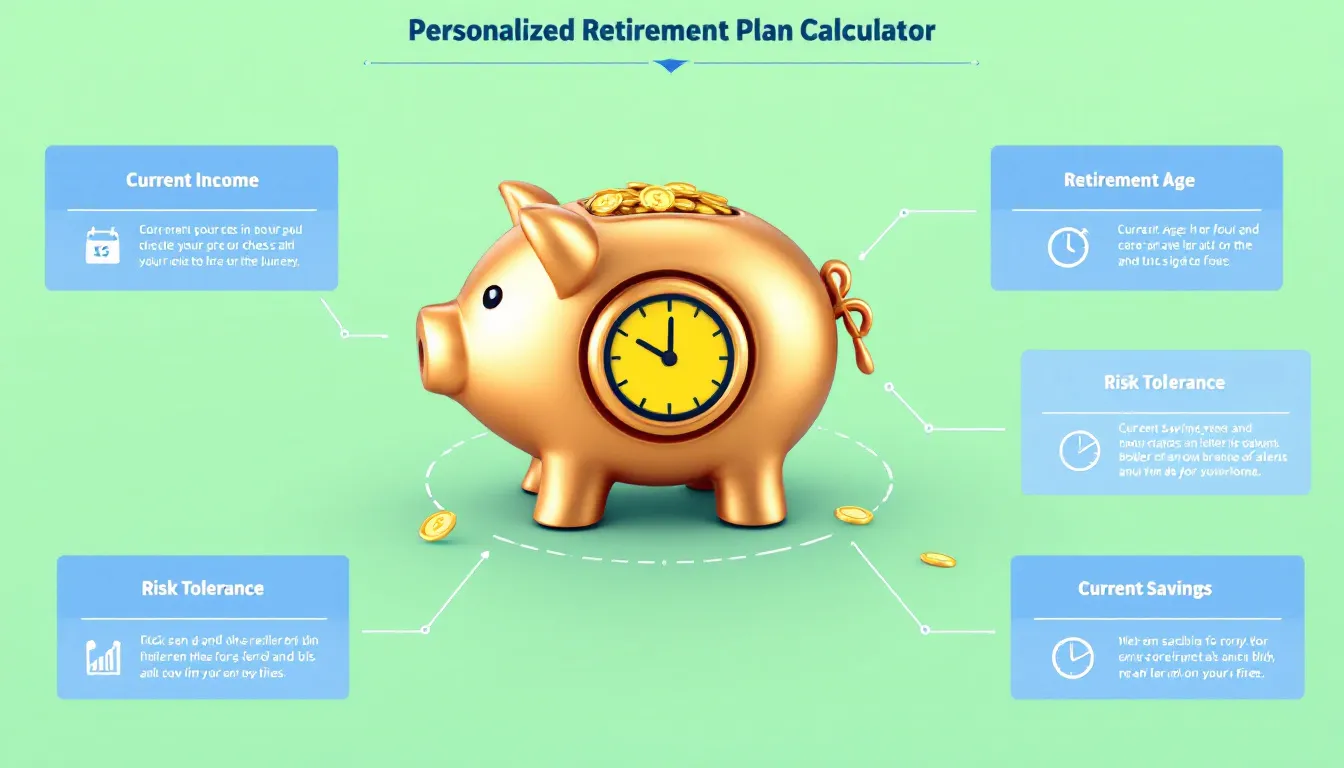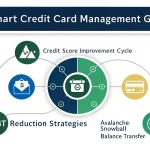Retirement Plan Calculator
Generating your retirement plan...
Is this tool helpful?
How to use the tool
- Current annual income – type your gross pay. Example 1: 72 000; Example 2: 44 500.
- Current age – enter whole years. Example 1: 31; Example 2: 47.
- Desired retirement age – your goal age. Example 1: 60; Example 2: 68.
- Risk tolerance – pick Conservative, Moderate or Aggressive to set return assumptions.
- Current retirement savings – optional lump sum already saved. Example 1: 25 000; Example 2: 310 000.
Click Generate Retirement Plan. The app forwards your inputs to the WordPress back-end (process_llm_form) and returns a plain-language strategy.
Key formulas used
Future value of your nest egg:
$$ FV = PV \times (1 + r)^n + P \times rac{(1 + r)^n – 1}{r} $$- PV – current savings
- P – yearly contribution
- r – expected annual return
- n – years until retirement
Example calculation
- PV = $25 000
- P = $7 200 (10 % of $72 000 salary)
- r = 0.06 (Moderate risk)
- n = 29 years (age 31 → 60)
You would retire with about $1.18 million, assuming steady contributions and returns.
Quick-Facts
- Median U.S. retirement age: 64 years (Gallup, 2023).
- Suggested savings rate: at least 15 % of income (Fidelity, 2023).
- Historic 60/40 portfolio real return: 5.1 % CAGR 1926-2022 (Vanguard, 2023).
- IRA catch-up limit: $7 500 for savers ≥50 years (IRS Notice 2024-5).
- “Compound interest is the eighth wonder of the world”—Albert Einstein, quoted in The Economist (2019).
FAQ
What does the calculator actually do?
The tool projects your retirement balance using compound-interest math and suggests yearly savings to hit that target.
Which return rate does each risk level assume?
Conservative = 4 %, Moderate = 6 %, Aggressive = 8 % average annual return, reflecting long-run asset-class data (Vanguard, 2023).
Is Social Security factored in?
No. The current version ignores Social Security to keep projections conservative.
How often should you rerun the numbers?
Review annually or after major income changes because savings needs shift with earnings (Fidelity, 2023).
Can you model catch-up contributions?
Yes. Enter higher yearly savings; the app allows up to current IRS limits for workers 50+ (IRS 2024-5).
What if you retire earlier than planned?
An earlier date lowers n, so required annual savings increase sharply due to fewer compounding periods.
Does inflation erode the estimate?
The calculator returns nominal dollars; subtract expected inflation (about 2.5 %) to get real purchasing power (BLS CPI, 2023).
How accurate are these projections?
They rely on historical averages. Actual returns vary, so reassess regularly and diversify holdings (SEC Investor Bulletin, 2023).
Important Disclaimer
The calculations, results, and content provided by our tools are not guaranteed to be accurate, complete, or reliable. Users are responsible for verifying and interpreting the results. Our content and tools may contain errors, biases, or inconsistencies. Do not enter personal data, sensitive information, or personally identifiable information in our web forms or tools. Such data entry violates our terms of service and may result in unauthorized disclosure to third parties. We reserve the right to save inputs and outputs from our tools for the purposes of error debugging, bias identification, and performance improvement. External companies providing AI models used in our tools may also save and process data in accordance with their own policies. By using our tools, you consent to this data collection and processing. We reserve the right to limit the usage of our tools based on current usability factors.







